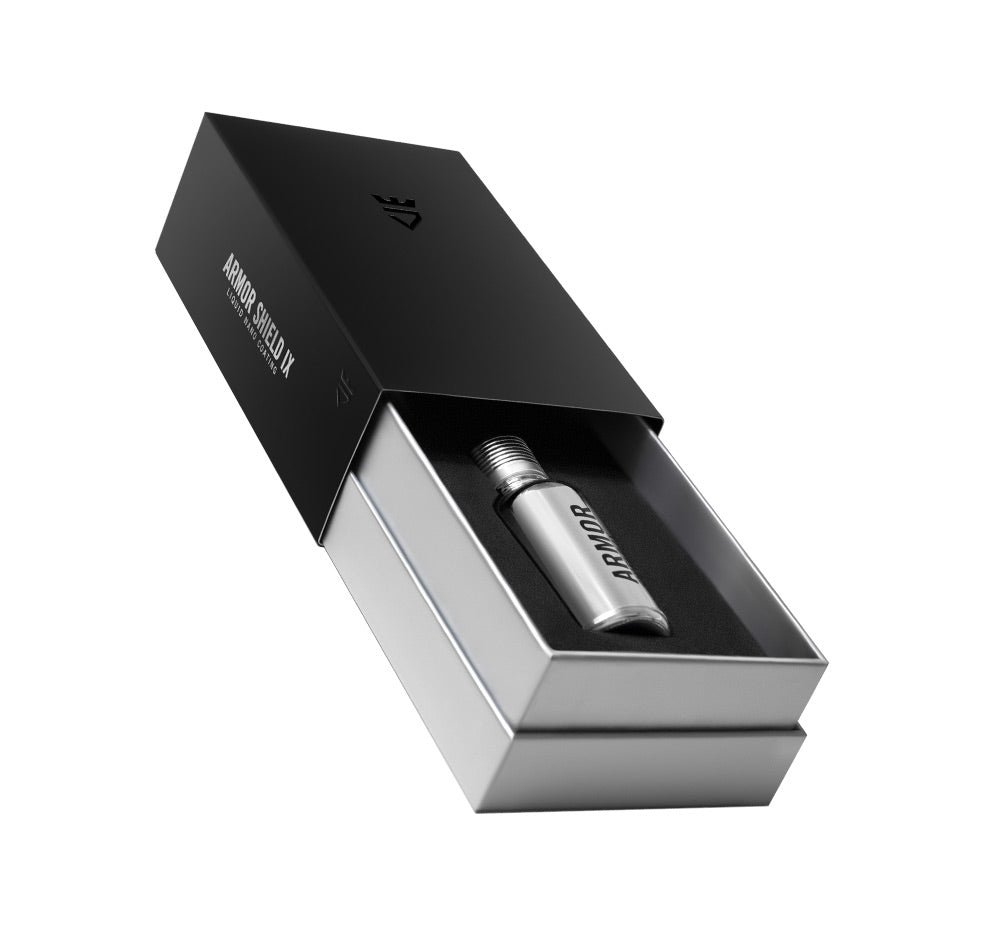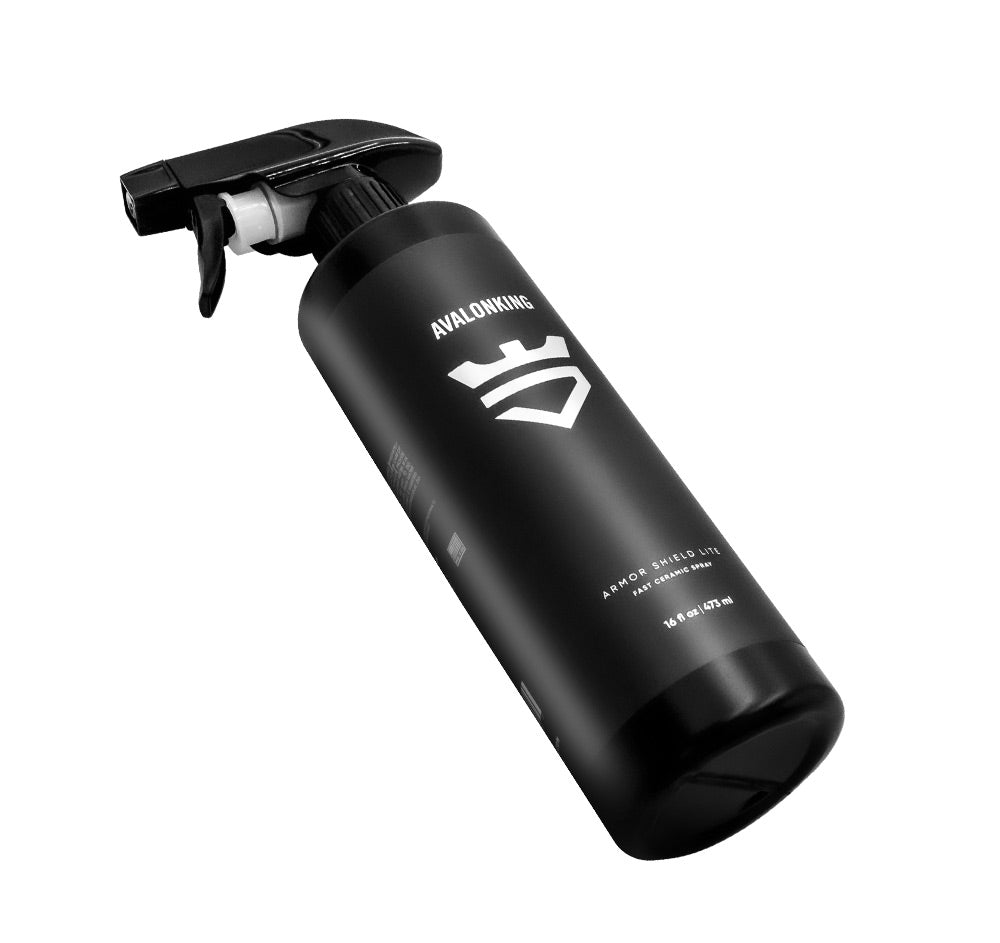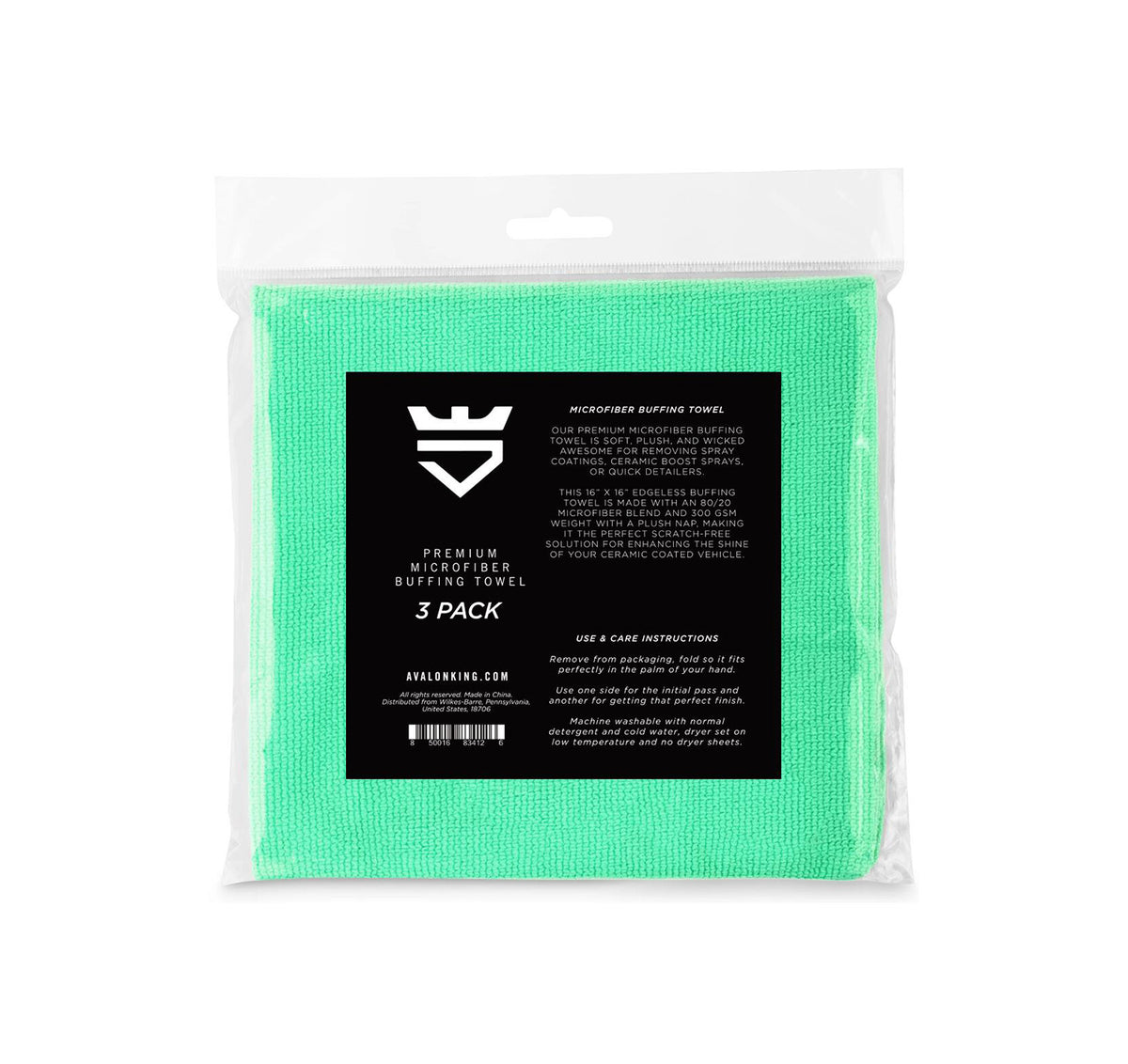What is Degreasing? Explained by AvalonKing
Degreasing, as the name suggests, is the process of removing grease, oil, and other contaminants from a surface. In the context of ceramic coating, degreasing is a crucial preparatory step that ensures the coating adheres properly to the surface. AvalonKing, a leading name in the ceramic coating industry, has developed a comprehensive understanding of degreasing and its importance in the application process.
Before we delve into the details of degreasing, it's important to understand the role it plays in the larger process of ceramic coating. Ceramic coating is a liquid polymer that is applied to the exterior of a vehicle to protect it from external damage such as scratches, dirt, and water spots. The coating bonds with the vehicle's paint and provides a layer of protection that lasts for years. However, for the coating to bond effectively, the surface must be completely clean and free of contaminants, which is where degreasing comes in.
The Importance of Degreasing
Degreasing is not just a recommended step in the ceramic coating process; it's an essential one. Without proper degreasing, the ceramic coating may not adhere properly to the surface, leading to an uneven finish and compromised protection. Grease, oil, and other contaminants can prevent the coating from bonding with the surface, reducing its effectiveness and longevity.

Moreover, degreasing also improves the aesthetic outcome of the ceramic coating. A clean, degreased surface allows for a smoother application, resulting in a glossy, mirror-like finish that enhances the vehicle's appearance. Therefore, skipping the degreasing step can lead to both functional and aesthetic issues with the ceramic coating.
Methods of Degreasing
There are several methods of degreasing, each with its own advantages and disadvantages. The most common method is manual degreasing, which involves using a degreasing agent and a cloth or sponge to clean the surface. This method is effective at removing surface contaminants, but it can be time-consuming and labor-intensive.
Another method is steam degreasing, which uses steam to dissolve and remove grease and oil. This method is faster and less labor-intensive than manual degreasing, but it may not be as effective at removing stubborn contaminants. There's also ultrasonic degreasing, which uses ultrasonic waves to dislodge contaminants. This method is highly effective, but it requires specialized equipment and can be more expensive.
Choosing a Degreasing Agent
The choice of degreasing agent is another important aspect of the degreasing process. There are many different types of degreasing agents available, each designed to tackle different types of contaminants. Some are general-purpose degreasers that can remove a wide range of contaminants, while others are specialized for certain types of grease or oil.
When choosing a degreasing agent, it's important to consider the type of contaminants you're dealing with, as well as the material of the surface you're cleaning. Some degreasing agents may be too harsh for certain materials, potentially causing damage. Therefore, it's crucial to choose a degreasing agent that is both effective and safe for your specific needs.
Steps in the Degreasing Process
The degreasing process involves several steps, each of which plays a crucial role in ensuring a clean, contaminant-free surface. The first step is to apply the degreasing agent to the surface. This can be done by spraying, brushing, or wiping the agent onto the surface, depending on the type of degreaser and the size of the area to be cleaned.
After the degreasing agent has been applied, it's left to sit for a period of time to allow it to penetrate and dissolve the contaminants. The length of this dwell time can vary depending on the type of degreaser and the severity of the contamination. Once the dwell time is up, the surface is scrubbed to dislodge any remaining contaminants. Finally, the surface is rinsed to remove the degreasing agent and any dislodged contaminants, leaving a clean, degreased surface ready for ceramic coating.
Precautions During Degreasing
While degreasing is a relatively straightforward process, there are some precautions that should be taken to ensure safety and effectiveness. First and foremost, it's important to use the degreasing agent as directed by the manufacturer. Using too much or too little can lead to ineffective cleaning or potential damage to the surface.
It's also important to wear appropriate protective equipment, such as gloves and eye protection, when handling degreasing agents. These agents can be harsh and may cause skin or eye irritation. Finally, it's crucial to ensure proper ventilation when using degreasing agents, as some can produce fumes that can be harmful if inhaled.
Post-Degreasing Steps
After the degreasing process, there are a few additional steps that need to be taken before the ceramic coating can be applied. The first is to thoroughly dry the surface. Any remaining moisture can interfere with the bonding of the ceramic coating, so it's important to ensure the surface is completely dry.
Once the surface is dry, it's time to inspect it for any remaining contaminants. If any are found, the degreasing process may need to be repeated. If the surface is clean, it's ready for the application of the ceramic coating. This involves applying the coating in a thin, even layer and then allowing it to cure for a specified period of time before the vehicle can be used.
Conclusion
In conclusion, degreasing is a vital step in the ceramic coating process. It ensures a clean, contaminant-free surface that allows for effective bonding of the coating, leading to optimal protection and a high-quality finish. While the process may seem laborious, the results are well worth the effort, as they contribute to the longevity and aesthetics of the vehicle.
With a clear understanding of the importance of degreasing and the steps involved, you can ensure a successful ceramic coating application. Whether you're a professional detailer or a DIY enthusiast, taking the time to properly degrease the surface will greatly enhance the outcome of your ceramic coating project.
Ready to achieve that flawless finish on your vehicle? Look no further than AvalonKing for all your car cleaning needs. From top-tier ceramic coatings to premium car shampoos, we've got you covered. Check out our products today and join the ranks of satisfied customers who trust AvalonKing for the very best in vehicle care. Your journey to a spotless ride starts here!










